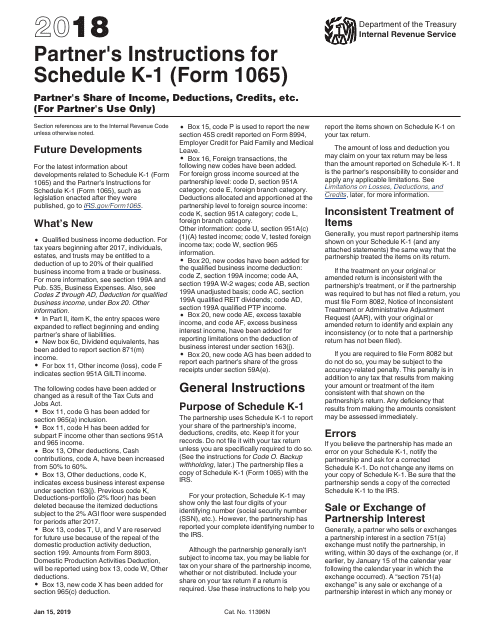

The long-term effects of this “slow start” for Millennials will be a factor in American society for decades. As is well documented, many of Millennials’ life choices, future earnings and entrance to adulthood have been shaped by this recession in a way that may not be the case for their younger counterparts. Yet the next generation – Generation Z – is even more diverse.īeyond politics, most Millennials came of age and entered the workforce facing the height of an economic recession. Added to that is the fact that Millennials are the most racially and ethnically diverse adult generation in the nation’s history. And most Millennials were between 12 and 27 during the 2008 election, where the force of the youth vote became part of the political conversation and helped elect the first black president. Millennials also grew up in the shadow of the wars in Iraq and Afghanistan, which sharpened broader views of the parties and contributed to the intense political polarization that shapes the current political environment. Most Millennials were between the ages of 5 and 20 when the 9/11 terrorist attacks shook the nation, and many were old enough to comprehend the historical significance of that moment, while most members of Gen Z have little or no memory of the event.

But for analytical purposes, we believe 1996 is a meaningful cutoff between Millennials and Gen Z for a number of reasons, including key political, economic and social factors that define the Millennial generation’s formative years. Unlike the Boomers, there are no comparably definitive thresholds by which later generational boundaries are defined. Census Bureau, based on the famous surge in post-WWII births in 1946 and a significant decline in birthrates after 1964. By this definition, both are shorter than the span of the Baby Boomers (19 years) – the only generation officially designated by the U.S. At 16 years (1981 to 1996), our working definition of Millennials is equivalent in age span to their preceding generation, Generation X (born between 19). Generations are often considered by their span, but again there is no agreed upon formula for how long that span should be. They should be viewed primarily as tools, allowing for the kinds of analyses detailed above. Generational cutoff points aren’t an exact science. While there is no scientific process for deciding when a name has stuck, the momentum is clearly behind Gen Z. Sources ranging from Merriam-Webster and Oxford to the Urban Dictionary now include this name for the generation that follows Millennials, and Google Trends data show that “Generation Z” is far outpacing other names in people’s searches for information. (In our first in-depth look at this generation, we used the term “post-Millennials” as a placeholder.) But over the past year, Gen Z has taken hold in popular culture and journalism. Since the oldest among this rising generation are just turning 22 this year, and most are still in their teens or younger, we hesitated at first to give them a name – Generation Z, the iGeneration and Homelanders were some early candidates. Anyone born between 19 (ages 23 to 38 in 2019) is considered a Millennial, and anyone born from 1997 onward is part of a new generation. In order to keep the Millennial generation analytically meaningful, and to begin looking at what might be unique about the next cohort, Pew Research Center decided a year ago to use 1996 as the last birth year for Millennials for our future work. Turning 38 this year, the oldest Millennials are well into adulthood, and they first entered adulthood before today’s youngest adults were born. Pew Research Center has been studying the Millennial generation for more than a decade. But by 2018, it became clear to us that it was time to determine a cutoff point between Millennials and the next generation. While younger and older adults may differ in their views at a given moment, generational cohorts allow researchers to examine how today’s older adults felt about a given issue when they themselves were young, as well as to describe how the trajectory of views might differ across generations.

They can provide a way to understand how different formative experiences (such as world events and technological, economic and social shifts) interact with the life-cycle and aging process to shape people’s views of the world. Michael Dimock, president of Pew Research CenterĪs we’ve examined in past work, generational cohorts give researchers a tool to analyze changes in views over time.


 0 kommentar(er)
0 kommentar(er)
